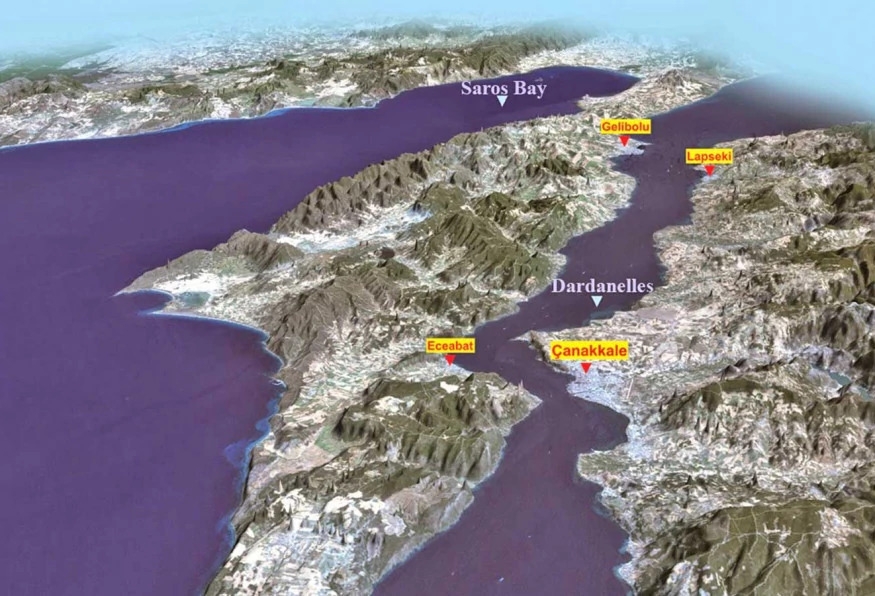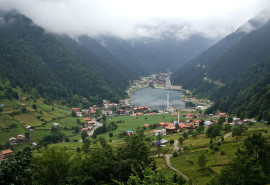Dardanelles Coastline
placeDardanelles means as "Passage of Dardanos", separates the continents Asia and Europa and links the Marmara Sea with the Aegean Sea. it is an international sea road at the same time and with the Montreux Convention, signed in 1936, under of Turkish Republic's control with Bosphorus.
Throughout history, Dardanelles Coastline has been a place for mythological stories, ancient era wars, and WW1 because of its strategic importance.
The mythological stories, the Golden Fleece and Hero and Leander take place here. In the ancient era, Persians invasion Greek had built the first bridge of history with the robes here, and when the bridge collapsed Persian ruler punish the sea by beating it with swords and sticks. Alexander the Great had passed the Dardanelles to make the Battle of Granikos, his commander Lisimahos then found a city and rule the Thrace region. On the Europe side of the Dardanelles Ottomans conquer the Cimpe Fortress which was their first land in Europe's continent through history.
In the modern world, the Gallipoli Campaign occurred here during WW1, it has changed the world’s destiny forever. Ottomans (The Central Powers Germany, Austria-Hungary, Bulgaria) prevent Entente Powers’ (France, Britain, Russia, Italy, Japan, and USA) ships to pass the Dardanel and open a secure food and military supply route with Russia. At the end of the campaign, thousands of soldiers have died here.
The ancient remains of the cities Aegospotami, Elaeus, Gallipoli, Madytus, Sestos, Abidos, Aianteion, Arisbe, Dardanos, Lampsakos, Ophryneion, Rhoiteion, Troy are close to Dardanelles.
Today both sides of the Dardanelles are linked with the “1915 Çanakkale Bridge”, which takes its name to honor Ottoman naval victory against the British and the French during Gallipoli Campaign, WWI. The Gallipoli Peninsula has numerous visitors for the cemeteries annually.


-thumb.jpg)

